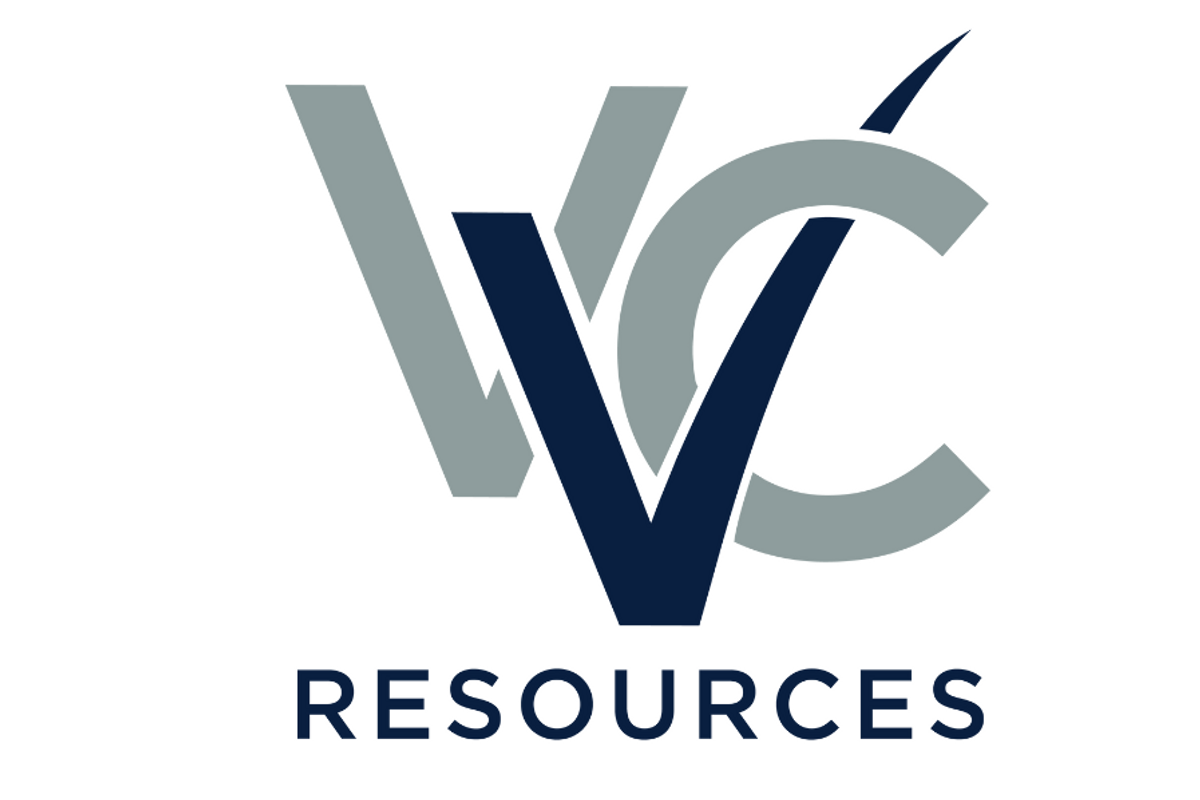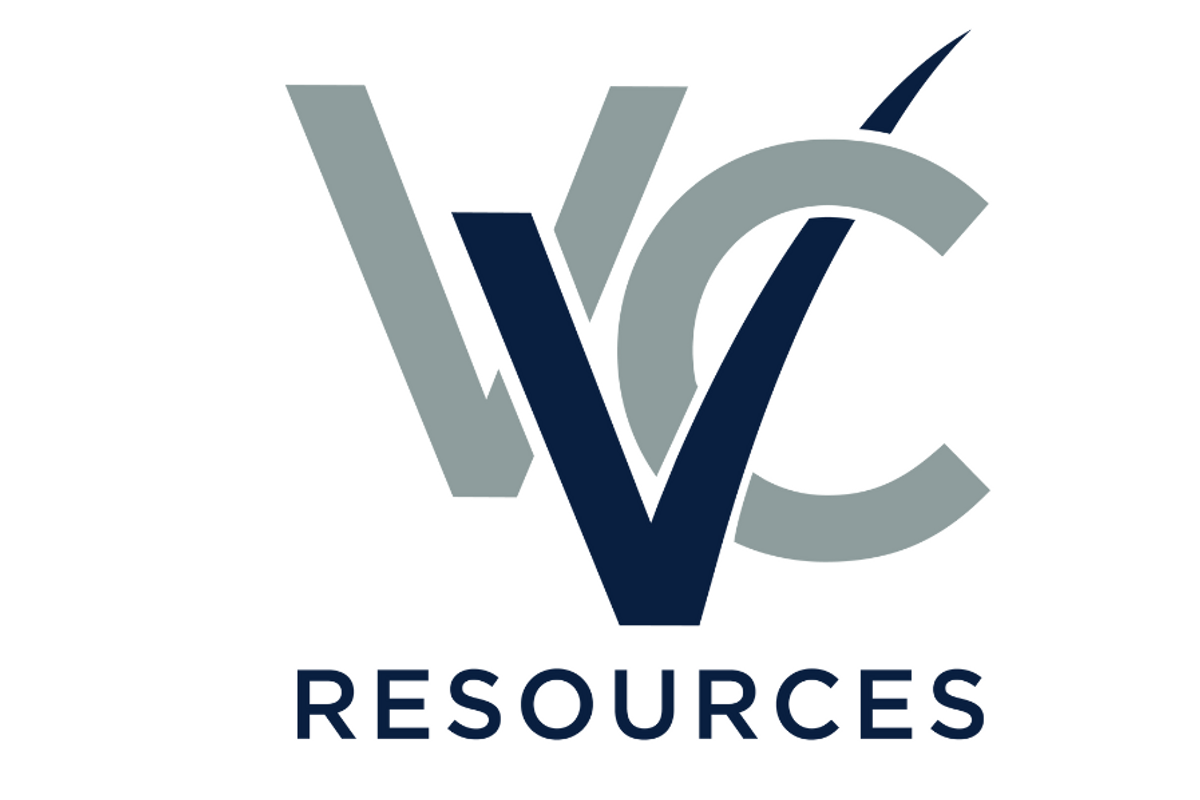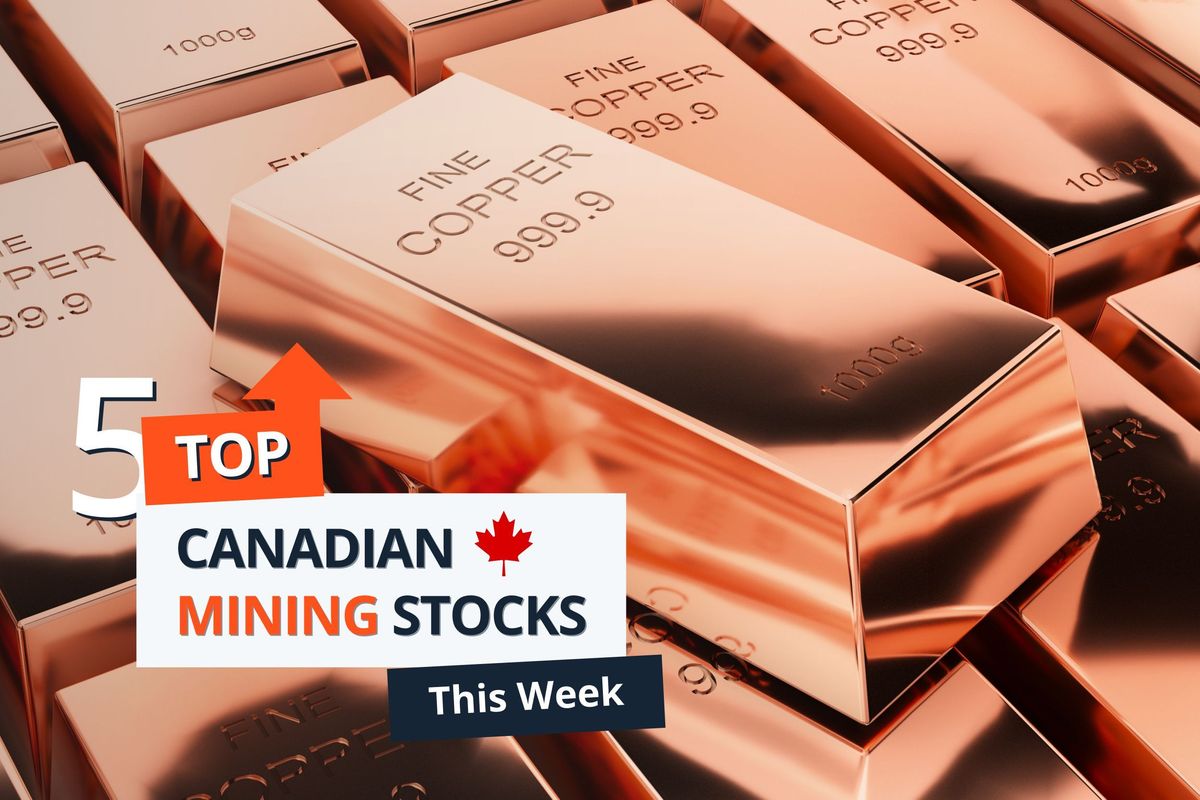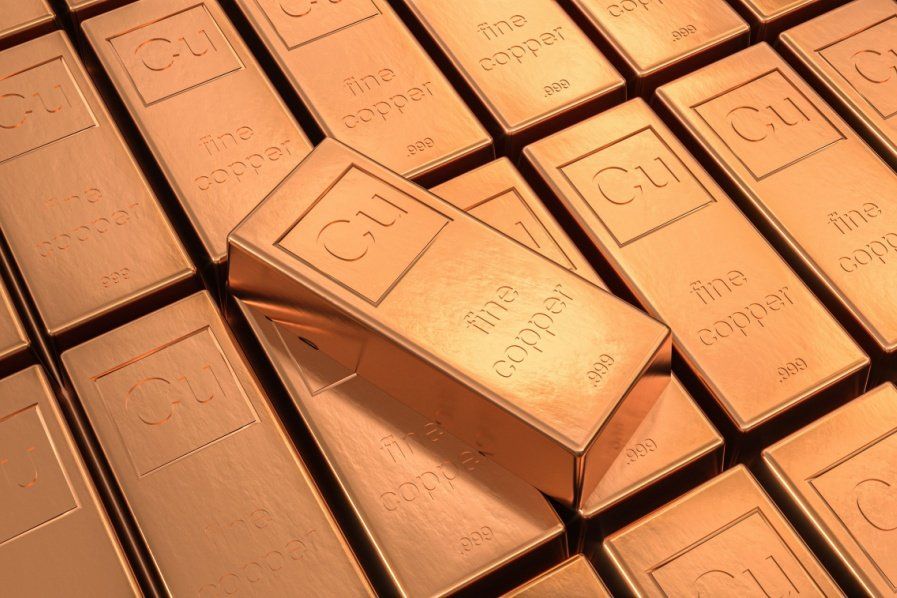
September 25, 2024
VVC Exploration Corporation, dba VVC Resources, ("VVC" or the "Company") announces the following:
Warrant Extension
VVC has applied to the TSX Venture Exchange (“TSXV”) for a 1-year extension for 57,567,800 Series AG share purchase warrants (“warrants”) presently expiring on September 30, 2024. The warrants, exercisable at $0.075 per share, were issued pursuant to a Private Placement in September 2020 with a 3-year expiry and were extended last September for an additional year. The warrants have been out-of-the-money for some time. If approved by the TSXV, the warrants will expire on September 30, 2025.
Annual General Meeting of Shareholders
The Annual General Meeting of shareholders (the "AGM") will be held virtually on December 4, 2024, at 11:00 am (ET), with a Record Date of October 21, 2024. Following the mailing of Proxy Material to shareholders around October 29, shareholders will be able to download the Proxy Material, including the Information Circular Booklet, from www.sedarplus.ca and/or from the Company’s website at: www.vvcresources.com/shareholders-meeting.
The deadline for Proxy Voting will be 11:00 am (ET) on December 3, 2024, however shareholders are encouraged to vote early. Registered Shareholders will be allowed to vote in-person at the AGM using their Control Numbers. All other shareholders, NOBOs and OBOs, are required to vote by proxy at least 24 hours in advance.
Following the formal business session, management will update the Company’s activities and projects, and will be available to answer questions from shareholders, subject to Securities Laws regarding "Selective Disclosure".
"We look forward to meeting our shareholders at the AGM," said Terry Martell, Chairman of VVC. "We will be providing an update on our projects and investments."
About VVC Resources
VVC is engaged in the exploration, development, and management of natural resources - specializing in scarce and increasingly valuable materials needed to meet the growing, high-tech demands of industries such as manufacturing, technology, medicine, space travel, and the expanding green economy. Our portfolio includes a diverse set of multi-asset, high-growth projects, comprising: Helium & industrial gas production in western U.S.; Copper & associated metals operations in northern Mexico; and Strategic investments in carbon sequestration and other green energy technologies. VVC is a Canada-based, publicly-traded company on the TSXV (TSX-V:VVC) and on the OTC Market (OTCQB:VVCVF). To learn more, visit our website at: www.vvcresources.com.
On behalf of the Board of Directors
Michel J. Lafrance, Secretary-Treasurer
| For further information, please contact: | ||
| Patrick Fernet - (514) 631-2727 | or | Emily Bigelow - (615) 504-4621 |
| E-mail: pfernet@vvcexploration.com | E-mail: emily@vvcesources.com |
Neither TSX Venture Exchange nor its Regulation Services Provider (as that term is defined in policies of the TSX Venture Exchange) accepts responsibility for the adequacy or accuracy of this release.
2369 Kingston Road, PO Box 28059 Terry Town, Scarborough, ON M1N 4E7 – Tel: 416-619-5304
Click here to connect with VVC Resources (TSXV:VVC), to receive an Investor Presentation
VVC:CA

Sign up to get your FREE
VVC Resources Investor Kit
and hear about exciting investment opportunities.
- Corporate info
- Insights
- Growth strategies
- Upcoming projects
GET YOUR FREE INVESTOR KIT
The Conversation (0)
15 December 2024
VVC Resources
Engaging in the exploration, development, and management of natural resources
Engaging in the exploration, development, and management of natural resources Keep Reading...
18 November
VVC - Strategic Exit of Gloria Copper Project in Mexico
VVC Exploration Corporation, dba VVC Resources ("VVC" or the "Company") (TSX-V: VVC; OTC: VVCVF) announces that, after a project review, it is strategically restructured its mining projects in Mexico. This project review encompassed multiple considerations, including ongoing maintenance costs,... Keep Reading...
09 October
VVC - Purchase of Ithaca 1-17 Well and 5 Mile Pipeline
VVC Exploration Corporation, dba VVC Resources ("VVC" or the "Company") (TSX-V: VVC; OTC: VVCVF) announces that Plateau Helium Corporation ("PHC"), a wholly owned subsidiary of the Company, has completed the purchase of the Ithaca 1-17 well together with approximately five miles of associated... Keep Reading...
29 September
VVC - Commencement of Central Kansas Uplift Project
VVC Exploration Corporation, dba VVC Resources ("VVC" or the "Company") (TSX-V: VVC; OTC: VVCVF) today announces its strategic development of the Central Kansas Uplift ("CKU") Project, an initiative being advanced through VVC's wholly owned subsidiary, Plateau Helium Corporation ("PHC"). The CKU... Keep Reading...
15 September
Insider Loan to Corporation
VVC Exploration Corporation, dba VVC Resources, ("VVC"), (TSX-V:VVC and OTCQC:VVCVF) announces the following events. Loan from Chairman VVC's Chairman of the Board, Terrence Martell Ph.D. (the "Lender"), has provided a US$700,000 loan (the "Loan") to VVC's subsidiary, Plateau Helium Corp., for... Keep Reading...
18 March
VVC Appoints New President & Grants Options
VVC Exploration Corporation, dba VVC Resources, ("VVC"), (TSX-V:VVC and OTCQC:VVCVF) announces the following: Appointment of Officers The Directors appointed Mr. Bill Kerrigan as President and Chief Operating Officer of VVC. Mr. Kerrigan will continue to be President of Plateau Helium... Keep Reading...
22 December
Nine Mile Metals Announces Completion of DDH WD-25-02B and Continues to Confirm Zones of Copper Rich VMS with 66 Meters of Mineralization at the Wedge Project
Nine Mile Metals LTD. (CSE: NINE,OTC:VMSXF) (OTC Pink: VMSXF) (FSE: KQ9) (the "Company" or "Nine Mile") is pleased to announce that the 3rd drill hole in its Wedge Western Extension Drill Program (DDH-WD-25-02B) has been completed.DDH WD-25-02B was collared approximately 60 meters northwest of... Keep Reading...
19 December
Top 5 Canadian Mining Stocks This Week: Pacific Empire Metals Gains 200 Percent on Drill Results
Welcome to the Investing News Network's weekly look at the best-performing Canadian mining stocks on the TSX, TSXV and CSE, starting with a round-up of Canadian and US news impacting the resource sector.Statistics Canada released November’s consumer price index (CPI) data on Monday (December... Keep Reading...
17 December
Nine Mile Metals Announces Certified High-Grade Assay Results up to 15.21% Copper from the Wedge Project, Bathurst, New Brunswick
Nine Mile Metals LTD. (CSE: NINE,OTC:VMSXF) (OTC Pink: VMSXF) (FSE: KQ9) (the "Company" or "Nine Mile") is pleased to announce Certified Assay results for volcanogenic massive sulphide (VMS) mineralization collected from the pre-drill area on the Wedge VMS Project, in the world-famous Bathurst... Keep Reading...
16 December
Top 5 Copper News Stories of 2025
Copper prices surged to unprecedented levels in 2025, hitting all-time highs. Tight supply played a key role, along with solid demand tied to electrification and the shift to cleaner energy.The red metal's big moves came alongside gains in precious metals, highlighting an unusual year in which... Keep Reading...
16 December
Canadian Approval Pushes Teck, Anglo Closer to Creating US$53 Billion Miner
Canada has approved the merger of Teck Resources (TSX:TECK.A,TECK.B,NYSE:TECK) and Anglo American (LSE:AAL,OTCQX:AAUKF), clearing a major regulatory hurdle for the creation of a new global mining heavyweight worth over US$53 billion.Teck and Anglo American said they received approval under the... Keep Reading...
Latest News

Sign up to get your FREE
VVC Resources Investor Kit
and hear about exciting investment opportunities.
- Corporate info
- Insights
- Growth strategies
- Upcoming projects
GET YOUR FREE INVESTOR KIT
Interactive Chart
Latest Press Releases
Steadright Grants Stock Options
24 December
Silverco Confirms No Material Change
24 December
Related News
TOP STOCKS
American Battery4.030.24
Aion Therapeutic0.10-0.01
Cybin Corp2.140.00





